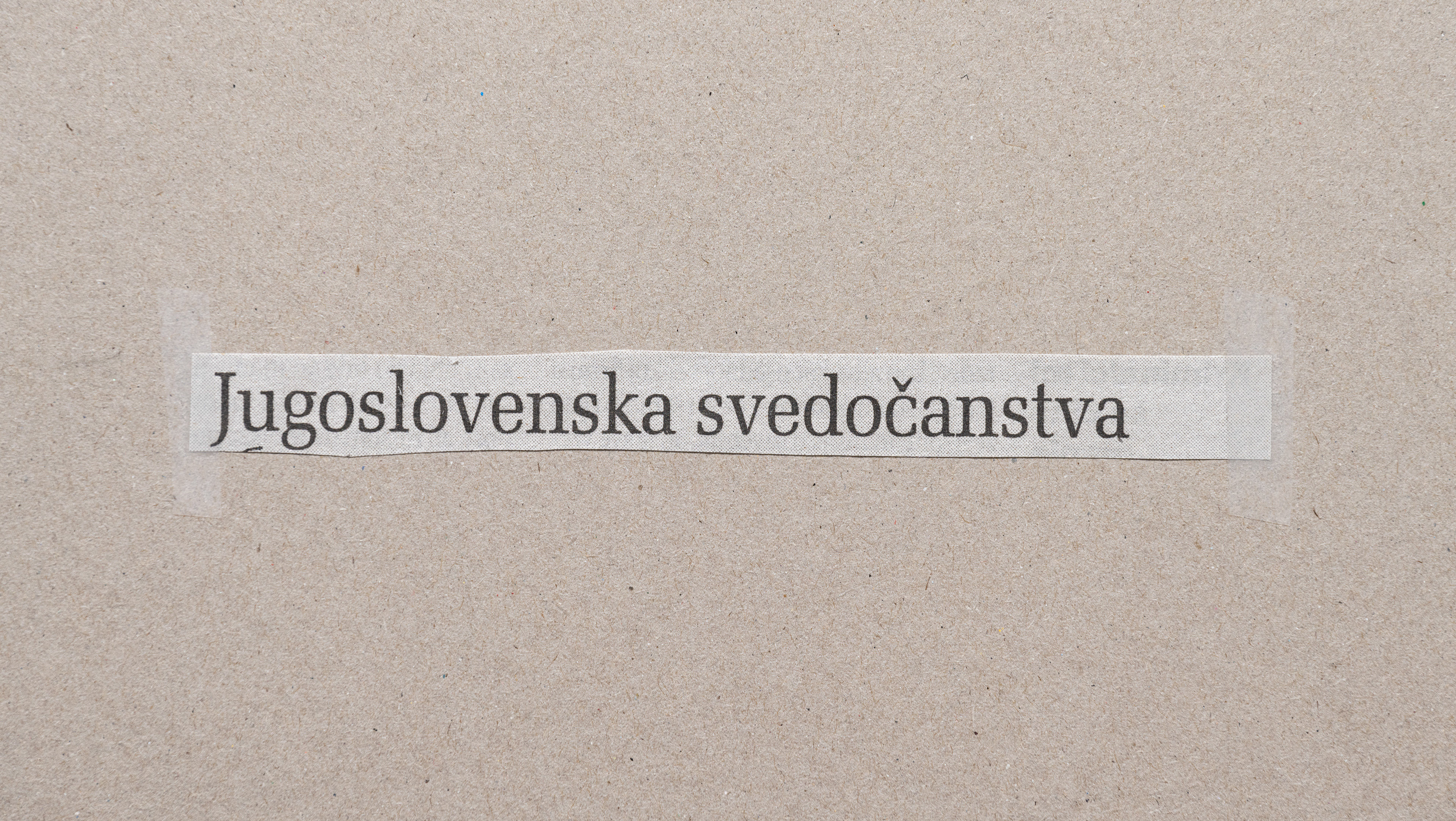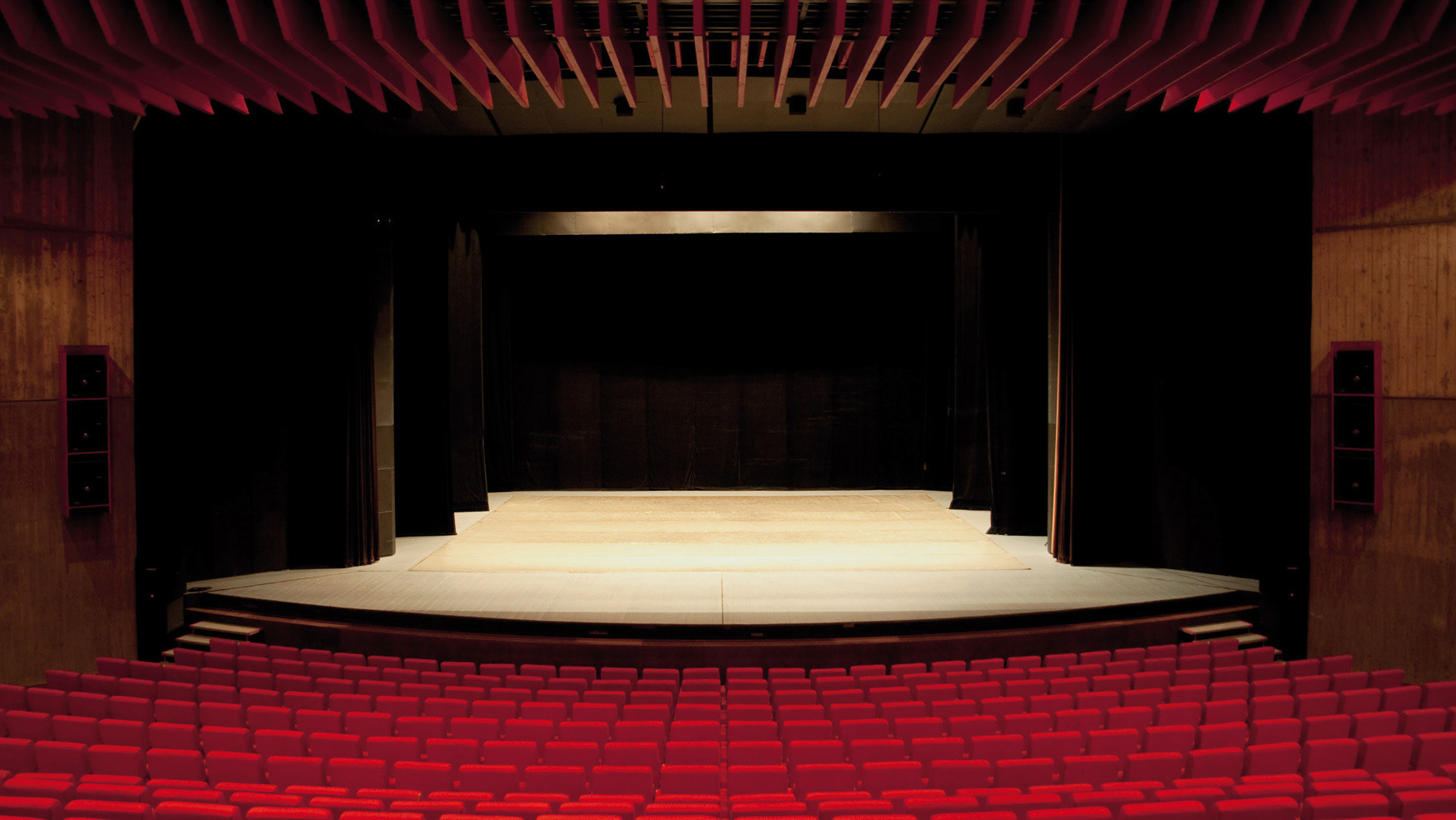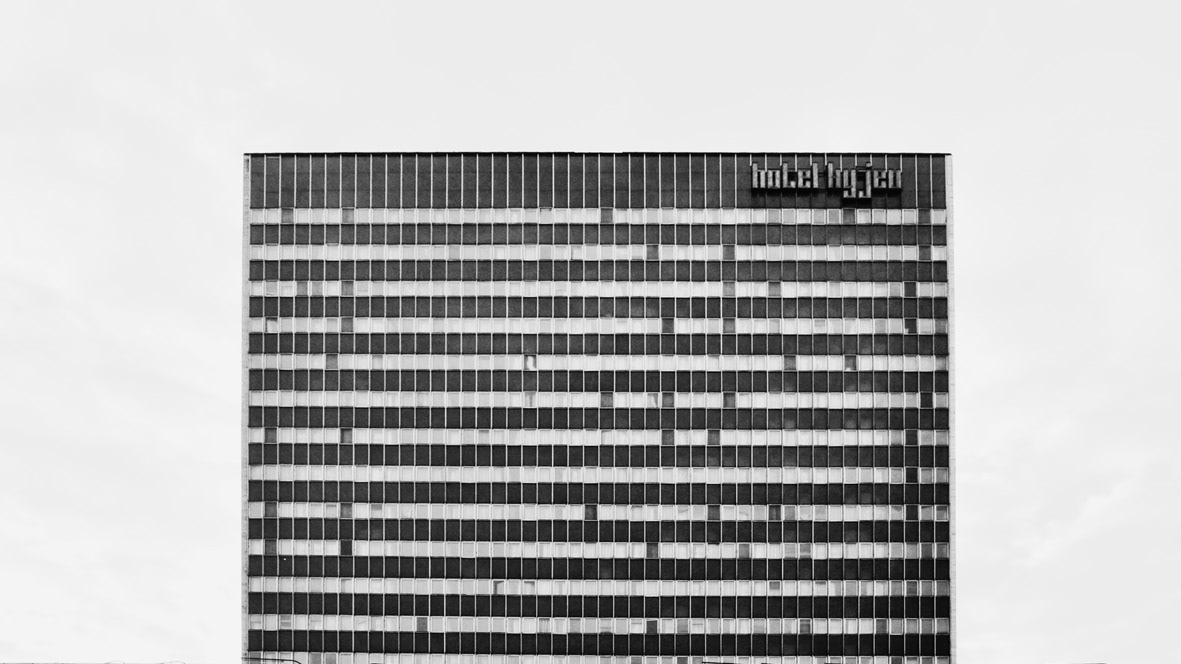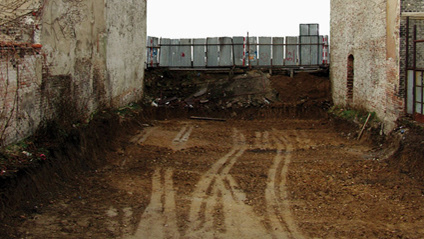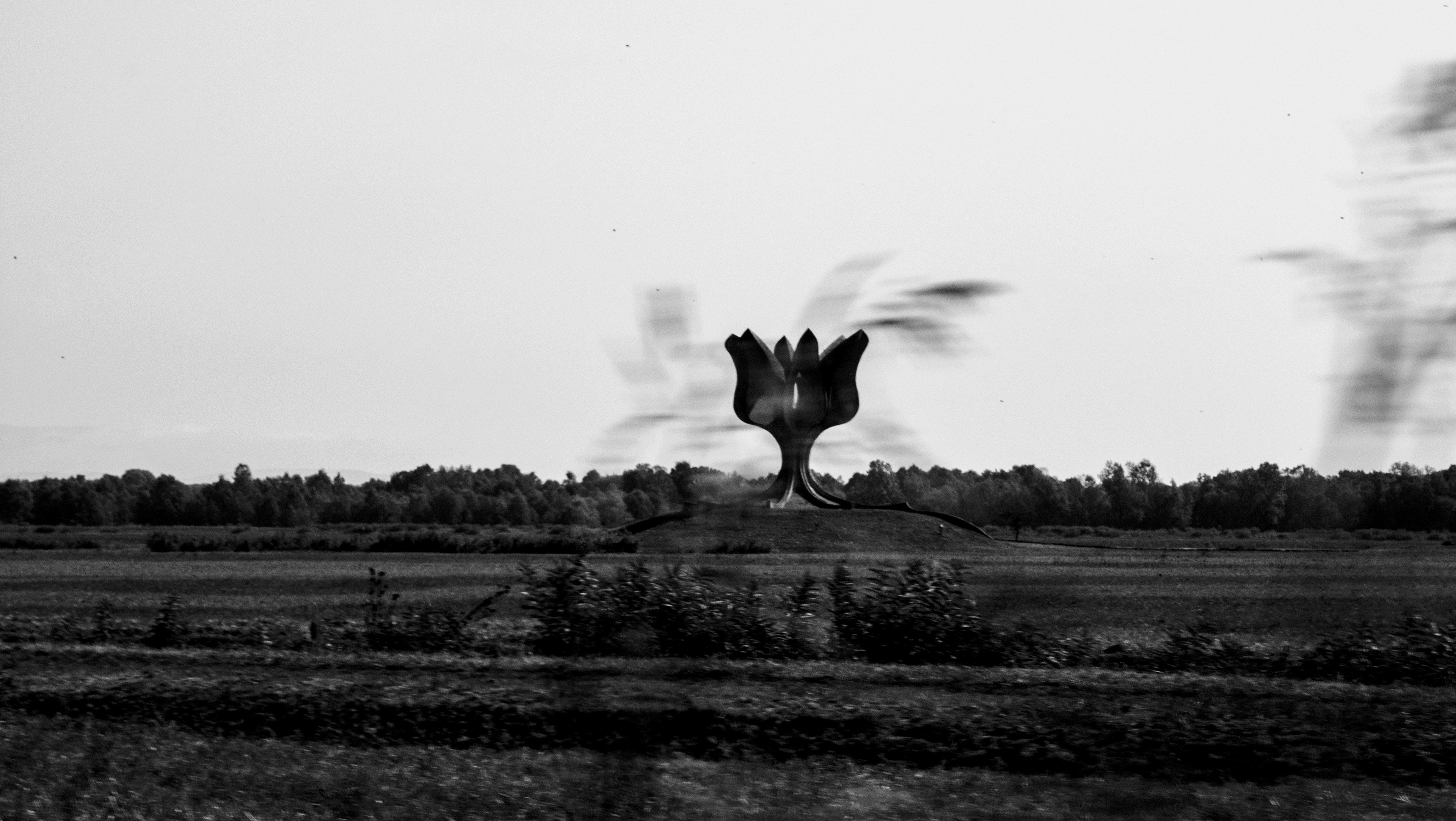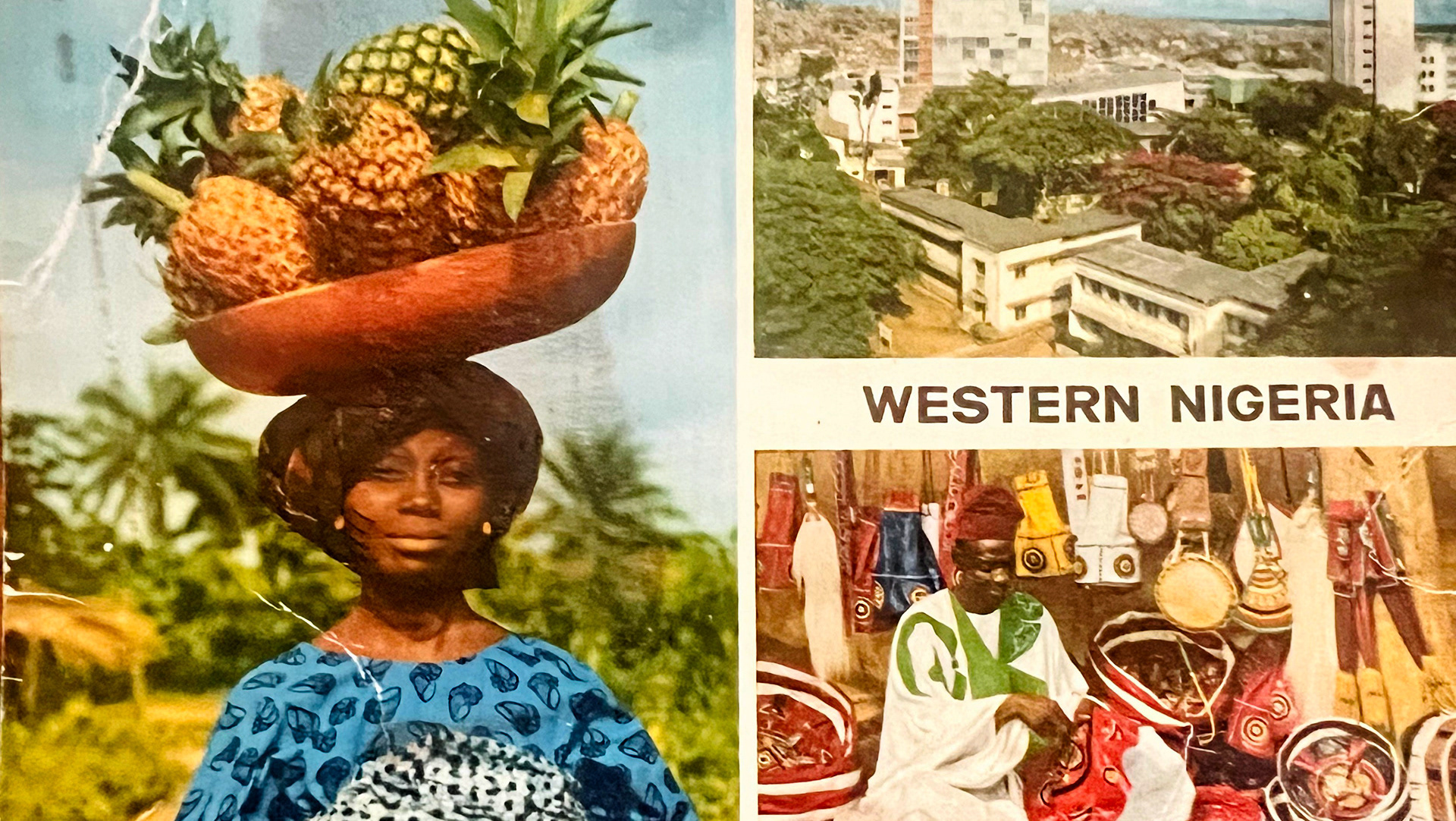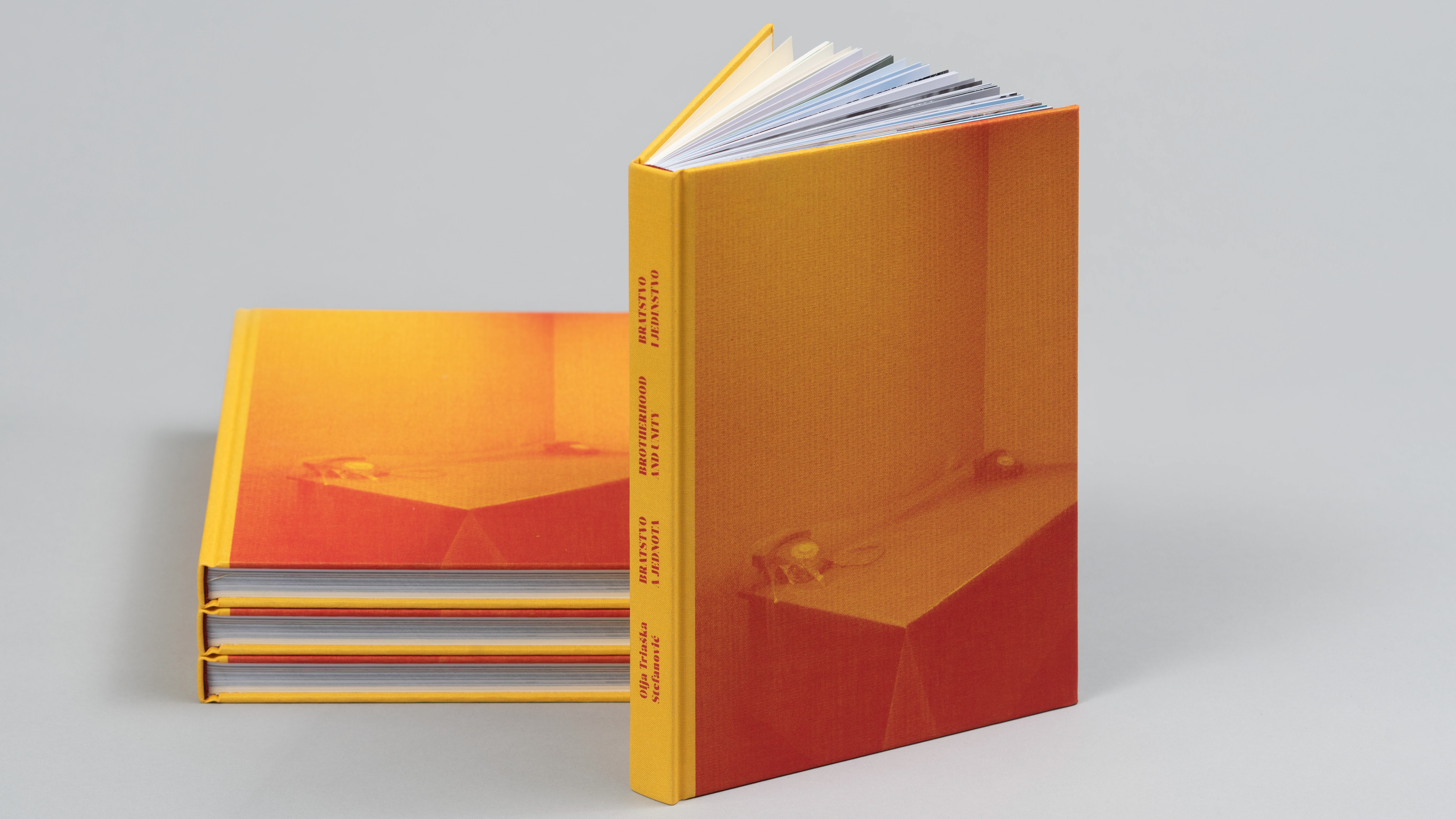"In the cycle of photographs THis Could Be a Place for Nice Life (2013), Olja Triaška Stefanović captured movie sets of commercial TV series that fundamentally shape the taste and opinions of a mass audience. The popularity of such a TV entertainment relates closely to its focus on personal, intimate bonds of the protagonists. Sociological characteristics mention this attribute quite often as being based on the requirement of regular watching. Household and family life build the substantial core of any 'soap opera' screenplay and such a series therefore remains distant from any broader economic and societal frameworks. Although the television might evoke objective or natural conditions through TV series, its viewer, paradoxically, is searching for an escape from the reality itself into a constructed one. The TV series 'create an image of a false subjectivity, packed and sold to the consumer as a simulacrum of their own 'feelings' and 'personal views,' which means subjectivity' (Hakim Bay). Several Olja Triaška Stefanović's photographs evoke with their content a kind of a home idyll with a family background, exactly within the meaning of the title about a place predestined for a beautiful life. However, there's no such a thing as a beautiful life, as well as there's no earthly paradise. Through a TV image of a cosy home, 'home and hearth,' a visual narrative of recycled or second-hand feelings evolves. Our growing addiction to virtuality, to practices of 'mixed realities' has caused our loss of ability to distinguish between a fictional world and reality itself. We're speaking of a sort of a contemporary 'totality' luring into our real homes through the attractiveness of the 'falsified' home idylls and which slowly changes our thinking. In pictures of film backdrops, the artist focuses on mapping of 'verified' stereotypes when choosing certain room types in TV series (e.g. kitchen, ambulance, children's room). At the same time, she pays attention to exterior simulations in airtight film studios. From time to time she induces a feeling of uncertainty which originates in our weakened ability to distinguish the real world from the constructed one. Although creating a single thematic body of work, each of the photographs by Olja Triaška Stefanović can stand on its own. Images contain an exceptionally strong narrative element not only by their colorful attractiveness, but also by a great amount of details which invokes a possible story on the side of the spectator. The unease arises when we realize that there's something wrong with the photographs - then, after a while, we uncover traces of the film shooting process which are little or inconspicuous. Photographing via simulation of a domesticated living space points to institutionalized and commercial constructs which wipe out individual character and peoples's activities. She captured special photographic backdrops made to simulate exteriors in indoor filming studios. These are often put somewhere aside, waiting for their opportunity and at the same time creating strange neighborhoods together with other props. Monumental panoramic landscape views or street scenes are often being photographed in order to situate the viewer into an uncertainty of what is actually here to be seen".
Bohunka Koklesova, Art historian
"This could be a Place for nICE lIFE" , was presented for the first as a solo exhibition in Bratislava and later presented in Novi Sad, Serbia a s a part of international festival of contemporary art "Danube Dialogues"
Fine Art Print, 100X70cm

